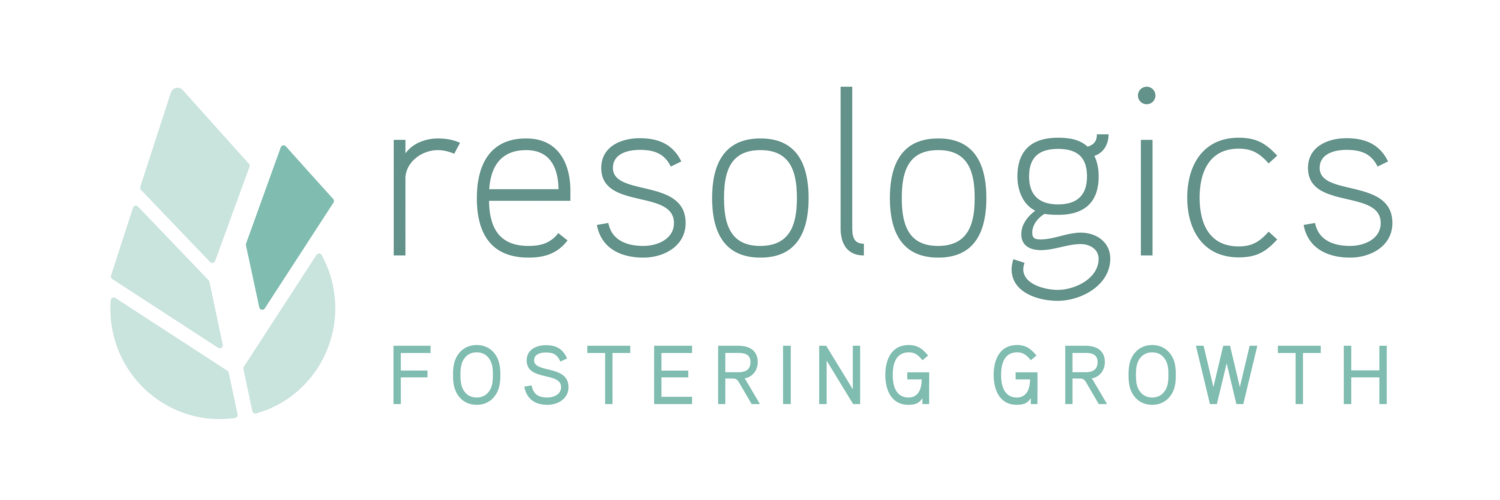How to Build Constructive Conflict into Your Team
/It is never too soon to start building the foundation of constructive conflict into your team(s), to harness that creative power as well as preempt potential negative conflict.
Bottom-line reason? Conflict is one of the most powerful tools teams can have. Harnessing constructive conflict creates an exciting environment of innovation, forward momentum and productivity. Negative outcomes from conflict emerge when it is ignored.
How do you, as a leader, go about building this foundation for your team(s)?
Thomas-Kilmann Conflict Mode Instrument (TKI®) In our work with leaders and teams, we often use the Thomas-Kilmann Conflict Mode Instrument (TKI®). It is a self-report assessment that allows you to discover your (and your team members’) particular way of approaching conflict. The TKI® instrument has been the worldwide leader in this area for almost 40 years, so you can be confident that it's a tool that has withstood the rugged test of time.
The reason the TKI tool is so important is that awareness of these behaviors can go a long way to understanding our individual ways of handling a group situation, as well as what mode others in the group might be tapping into. This is a huge step in building the mutual understanding, trust and openness which creates the basis of a strong team that works with conflict to their advantage.
Innovation Estimator™ Here’s another great tool: Innovation Estimator™. This is a FREE opportunity for you to assess where your team falls on the conflict continuum, and what a team with well-managed conflict looks like. We’ve created this unique (and easy-to-use) tool from years of experience and research data, so you can use the results to understand your team and build its strengths accordingly.
Please let me know if you have any questions about the TKI® Instrument or Innovation Estimator™ -- I’m happy to chat with you, so just click here to schedule a conversation.



When we join a company, partnership or team, our expectation is that everyone involved will exhibit professional behavior toward us and each other. Instead, it’s highly possible that we may become one of the more than 60 million adults in the United States who are affected in some way by bullying behavior at work.
What kind of behaviors are we talking about? Our definition is any interpersonal behavior that causes emotional distress in others sufficient enough to impede their productivity or disrupt organizational functioning. It isn’t just a personality conflict — it’s a chronic pattern of disrespectful behavior.